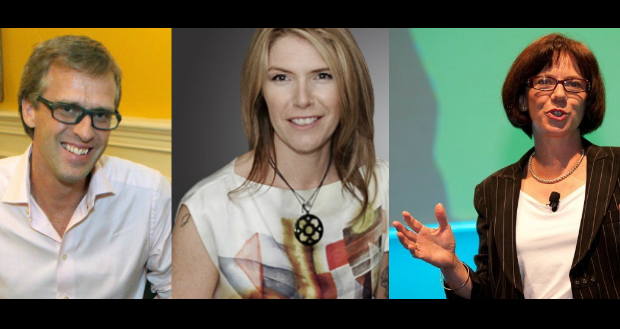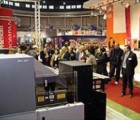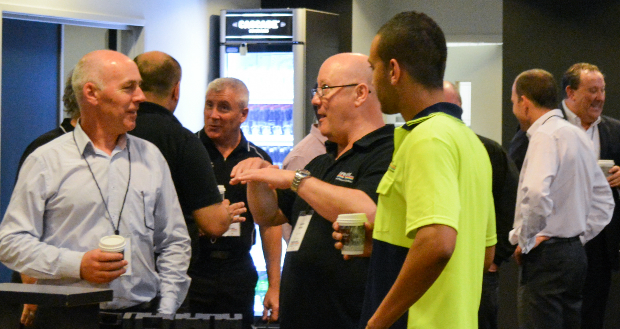
Australian printers have flocked to Fuji Xerox’s Innovate 2013 seminar, an annual conference which aims to help foster a smarter, stronger industry.

Innovate 2013 speakers: Fredrik Härén (left), Jet Swain and Robin Stonecash
At the Australian Technology Park in Eveleigh, Sydney, home to Xerox’s epicentre in the heritage Locomotive Workshops, five speakers laid out the future of print and key changes for print firms to make in order to survive and thrive in today’s environment. Mark Campbell, tough-talking workflow automation specialist, suggests printers take a second look at their existing workflow software and see if they are getting the most out of it – as, he says, fewer than 15 per cent of printing firms are implementing the software they already own to the best of its abilities. Campbell also recommends outsourcing all IT work, cutting down the touch points necessary to take a customer through a job from quote to invoice, and getting all of your technology and equipment vendors together in one room to collectively devise a production solution that works for your business. He says, “We have seen some major change in our industry. The change is rapid, business is tough. Convergence and consolidation in printing is happening on a scale we have not seen before. Customer expectations are now onerous – people want things now. “We need to constantly adapt and diversify. We need to do things differently, and the way is right in front of you. You have got to make continuous improvements in what you already have. Explore different ways of doing things, jump outside the norm. Engage with your vendors, competitors and customers.” Jet Swain, change management consultant and self-styled agent provocateur, ran with the change baton, calling for printers to rethink the whole experience for people – customers, vendors, employees – in doing business with their organisations and urging management to lead with a bold people-centric vision. Robin Stonecash, director of executive projects at the University of Technology Sydney Business School, used her research-driven insights to explore the currently state of the Australian economy and likely opportunities on the horizon. Fredrik Härén, author and speaker on business creativity, discussed the benefits and difficulties of creativity and how it can help printing businesses stand out from the crowd. Stephen Ball, industry marketing manager with Graphic Communications at Fuji Xerox Australia, shared his visions for the future of the industry, citing printed electronics and chiplets as particular technologies to watch as Fuji Xerox’s 5,000 scientists and engineers work to develop new solutions and gadgets in growing fields. Ball says, “Innovation is part of us, it is who we are, what we do. We are talking about a different way of doing things. Where this may end up, we do not know. We can only hypothesise what the future looks like. “In 2009, there were 1.9 million personal connected devices in the world. By 2020, there will be more than 30 billion. You will put into your washing machine more computing power than you currently use in a year. Every part of our lives will be touched in a sense by computer chips in this hyper-connected world. The only bet is that we, Fuji Xerox, will be part of it.” Fuji Xerox hosted Innovate 2013 seminars in Auckland, Taipei, Singapore, Kuala Lumpur and Sydney from October 22 to November 11, Sydney’s event marking the final stop-off for this year’s thought-leadership series.
Comment below to have your say on this story.
If you have a news story or tip-off, get in touch at editorial@sprinter.com.au.
Sign up to the Sprinter newsletter



